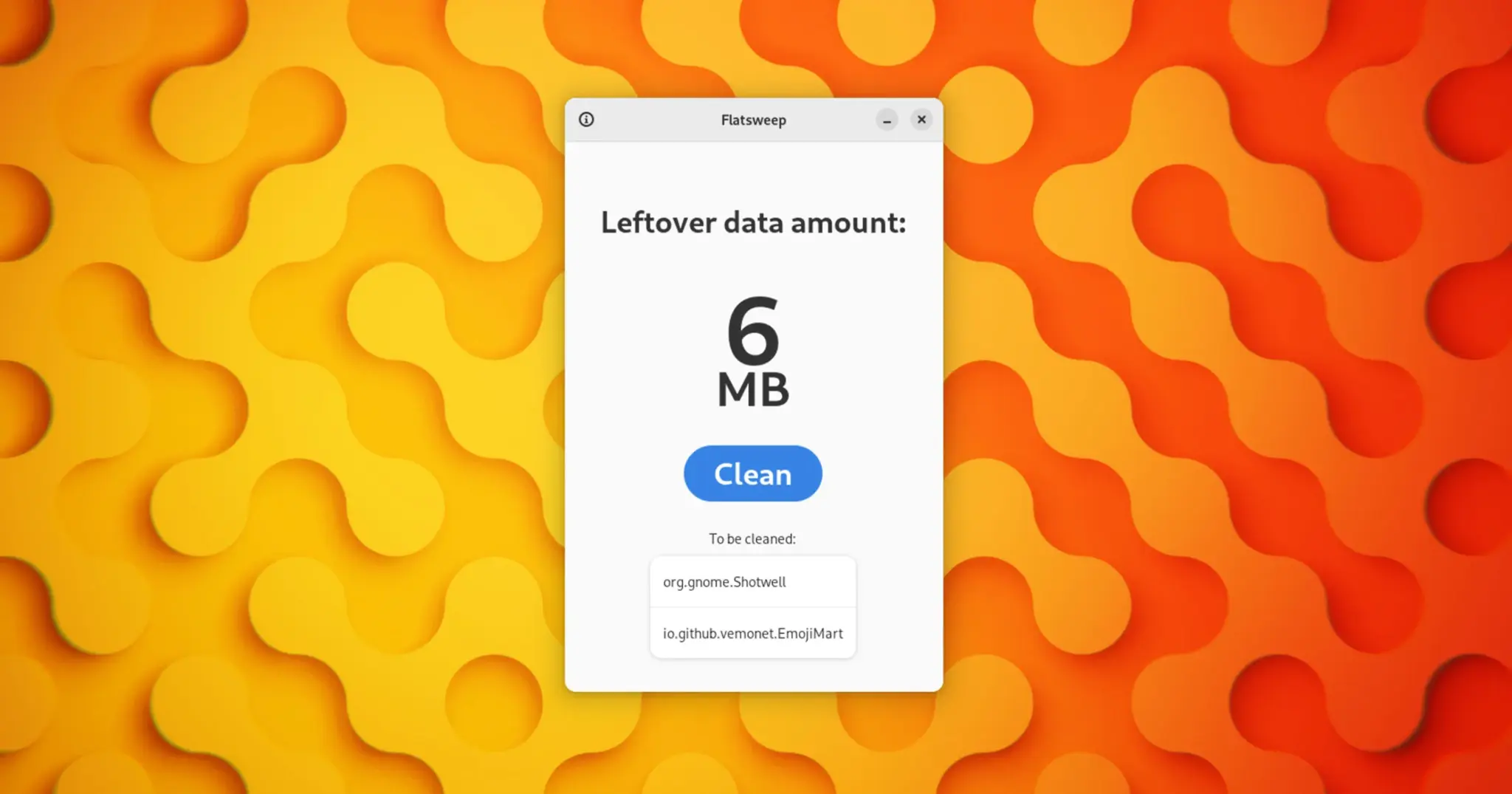- 3 Posts
- 10 Comments

 1·1 year ago
1·1 year agoThat’s going to change in the future with NPUs (neural processing units). They’re already being bundled with both regular CPUs (such as the Ryzen 8000 series) and mobile SoCs (such as the Snapdragon 8 Gen 3). The NPU included with the the SD8Gen3 for instance can run models like Llama 2 - something an average desktop would normally struggle with. Now this is only the 7B model mind you, so it’s a far cry from more powerful models like the 70B, but this will only improve in the future. Over the next few years, NPUs - and applications that take advantage of them - will be a completely normal thing, and it won’t require a household’s worth of energy. I mean, we’re already seeing various applications of it, eg in smartphone cameras, photo editing apps, digital assistants etc. The next would be I guess autocorrect and word prediction, and I for one can’t wait to ditch our current, crappy markov keyboards.
-
Summarising articles / extracting information / transforming it according to my needs. Everyone knows LLM-bssed summaries are great, but not many folks utilise them to their full extent. For instance, yesterday, Sony published a blog piece on how a bunch of games were discounted on the PlayStation store. This was like a really long list that I couldn’t be bothered reading, so I asked ChatGPT to display just the genres that I’m interested in, and sort them according to popularity. Another example is parsing changelogs for software releases, sometimes some of them are really long (and not sorted properly - maybe just a dump of commit messages), so I’d ask it to summarise the changes, maybe only show me new feature additions, or any breaking changes etc.
-
Translations. I find ChatGPT excellent at translating Asian languages - expecially all the esoteric terms used in badly-translated Chinese webcomics. I feed in the pinyin word and provide context, and ChatGPT tells me what it means in that context, and also provides alternate translations. This is a 100 times better than just using Google Translate or whatever dumb dictionary-based translator, because context is everything in Asian languages.
-

 1·2 years ago
1·2 years agoThere’s no need to wait for a sentient AI for that. I mean, the current publicized method for blocking these bots is via robots.txt, which is only a very polite way of asking bots to duck off - they really have no reason to respect it, if they wanted to. OpenAI (or anyone else) could also use multiple public proxy servers for scraping, so websites won’t be able to point fingers at them. Even if the bot makers avoid using proxies, they could still get the content indirectly by scraping other sites which repost the content, such as archive.org or even just normal sites which repost stuff. Heck, they could scrape off say, Lemmy indirectly, for instance we’ve got the AutoTLDR bot here, combine that with comments and quotes from several people, and any competent LLM could easily learn the content of the original article without even having to directly touch it.
So unless the site has posted a 100% unique piece of information, which hasn’t been published anywhere else, AND they’ve also implemented a strict “no reproduction in any form” rule that also extends to prohibiting any discussion of the source material, it would be near-impossible to stop or blame the bot creators of bypassing ToS. And we all know what happens when you go to great lengths to try and silence a subject matter on the internet…
GPT4all, it’s open source and you can run it on your own machine.
Not possible. At least, not yet. Two main reasons for this:
1. There is no standardized BIOS/UEFI equivalent in ARM, as a result, the boot process in every ARM system differs in general. The only “standardized” boot process you’d see would be for that particular type of system from a single vendor, eg the way most Android devices boot is generally the same - although even in Android, some manufacturers make their own changes, for instance Samsung introduces their KNOX into the picture, some devices use the A/B partition system but some dont, etc.
The lack of a standard boot/initialisation process, and the lack of a hardware auto-detect feature, means you can’t just mix and match components like you’d do in a PC - the bootloader wouldn’t know how to initialize those hardware bits, heck, it wouldn’t even know the hardware existed unless you manually defined it somewhere - this is done using something called a Device Tree, which, although is a standardized format, still needs to be manually created, and also, the bootloader used needs to support this in the first place (like UBoot, but not all ARM systems use this).
2. The other reason is lack of standardized hardware. In the x86 world, PCs have a rich ecosystem of standardized components, from motherboards to graphics cards, which have evolved over decades, and standards were developed organically over time - and agreed upon by other manufacturers. Sometimes these standards were made or guided by special interest groups / consortiums / other regulatory boards etc. ARM lacks this.
But it wasn’t always like this in the PC world, back in the early days of personal computing, you had different types of PCs and hardware that were basically incompatible with each other, similar to the ARM systems of today. It was mainly due to the popularity of IBM PC, that things began to change. Unlike many other computers of its time, the IBM PC had an open architecture. This meant that its specifications and designs were made publicly available, allowing third-party manufacturers to produce compatible components and peripherals. One of the key features of the IBM PC was the Industry Standard Architecture (ISA) bus (the precursor to the PCI bus), which allowed for the addition of third-party cards. This established a standard for expansion that was widely adopted and emulated.
As IBM PCs gained in popularity, other manufacturers started producing “IBM compatibles” or “PC clones.” These machines were designed to be hardware and software compatible with the IBM PC. Companies like Compaq successfully reverse-engineered the BIOS, allowing them to create systems that could run software designed for IBM PCs. Also, IBM’s choice of using Microsoft’s MS-DOS as the operating system was crucial. As DOS became the de facto OS for PCs, software developers focused their efforts on creating software for this platform. This drove further hardware standardization as manufacturers aimed to produce hardware compatible with MS-DOS and its applications. As the industry grew, this lead to the creation of more standards, some of them competing, some losing out due to lack of popularity etc. The result is the PC world that you see today.
ARM lacks all of this rich history. Where ARM is at right now is where PCs were at before the introduction of the IBM PC. We need to go thru all those motions again to be able to build your own PC. But I don’t see this happening any time soon, in fact it’s doubtful if it’ll ever happen, since the trend these days is for vendors to build closed, unrepairable, unserviceable systems - so that you get locked into their ecosystems, so that you’re forced to upgrade your entire device just to get say, more RAM or whatever. And unfortunately, even PC manufacturers are picking up on this trend, as we’re seeing with laptops.
So unless something changes drastically, like some big manufacturer stepping forward to create an open ARM PC and ecosystem, being able to build your own ARM PC will remain a pipe dream.

 1·2 years ago
1·2 years agoThe main difference is that Box86 does not support 64-bit binaries. There is Box64, but it can’t run 32-bit. FEX does not have that limitation, which is handy if you want to run Windows games (which are mostly 32-bit) on Apple Silicon (64-bit).
There’s also a performance difference. A benchmark from last year showed box86 outperforming FEX considerably in CPU-only workloads (50% faster), but the difference in OpenGL performance wasn’t much. There have been several improvements to FEX since, then so I’d expect it would’ve closed the gap by now.

 2·2 years ago
2·2 years agoSauce?

 1·2 years ago
1·2 years agoI’m curious what “basic settings” require you to touch the command line. My elderly mum and dad - who aren’t very tech savvy btw - have been running Linux for nearly a decade now (Xubuntu previously, now Zorin) and haven’t had any major issues in all this time. Admittedly their requirements are pretty basic, but they do all your tasks a typical basic PC user would - surf the web, check emails, work on documents, print and scan stuff, backup files from their phones/USB drives, video chat etc. In fact, the entire reason why I got them onto Linux in the first place was because Windows wasn’t really stable for them - I got tired of having to troubleshoot or reinstall Windows for them all the time. They’d complain about how an update broke something, or how the system was becoming slower etc. But no such issues with Linux. Occasionally I might get a call asking “how do I do this”, but after a few years, these support calls have all but vanished. Linux “just works” for them, it’s rock solid, the GUI is intuitive (at least for Xububtu/Zorin) and they never had to touch the command line.



You could make yours a Geocaching app with fog-of-war. They’ve got an API for third-party apps too, so it should be easy enough to develop, and actually fun to play.
If you’re feeling ambitious, add some RTS elements like from Age of Empires - eg if you add someone as your ally, you can share their line of sight. Finding certain types of caches, or POIs, increases your resources (gold/stone/food/wood - maybe visiting Pizza Hut gives you extra food lol). And with these resources, you could build virtual structures like castles etc. Other players could spend resources to take it down (but they need to be physically at that location), and you could spend resources to defend your building.
Kinda like Ingress basically, but with medieval/RTS elements and geocaching thrown into the mix. How’s that for a challenge? :)